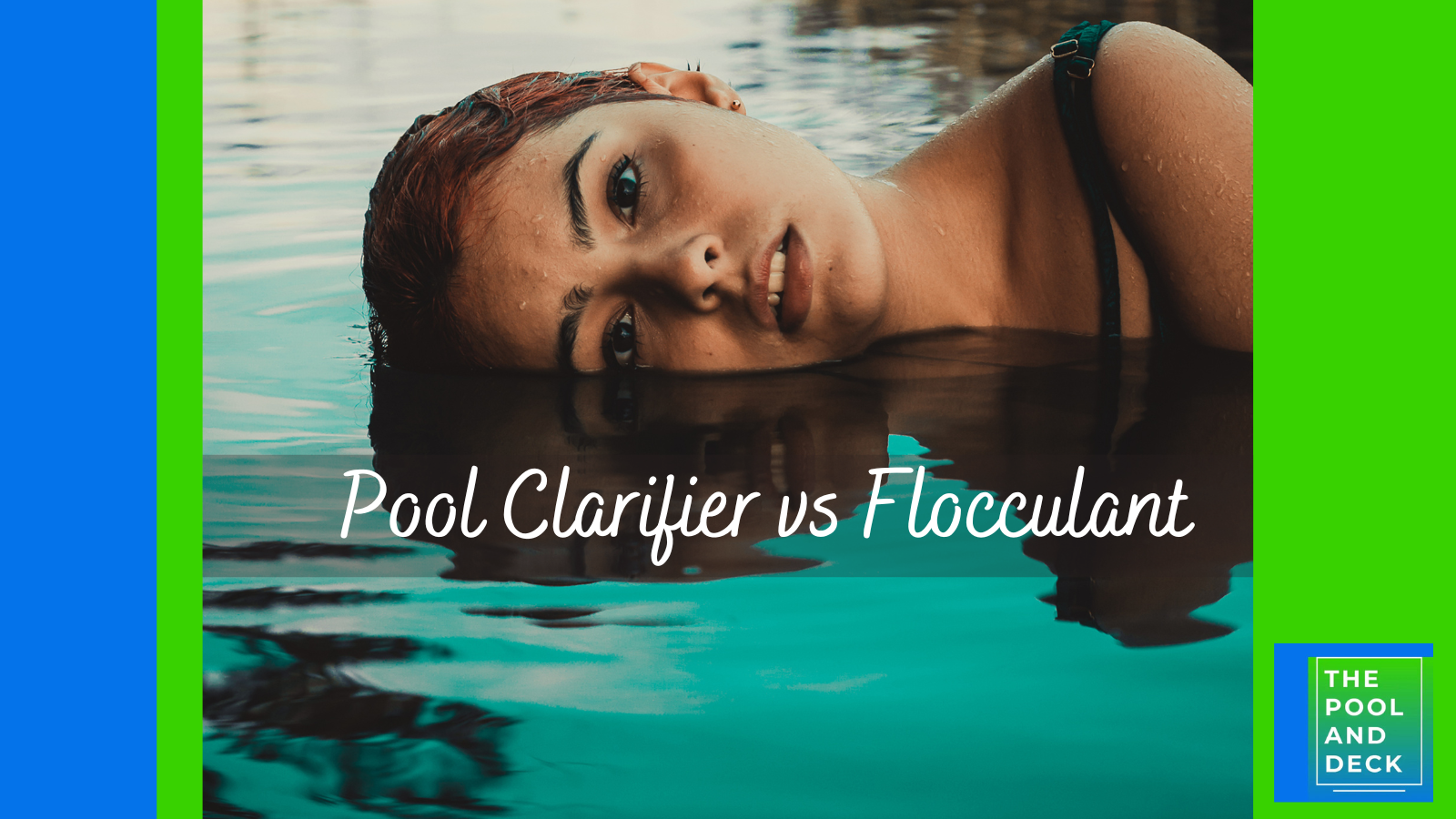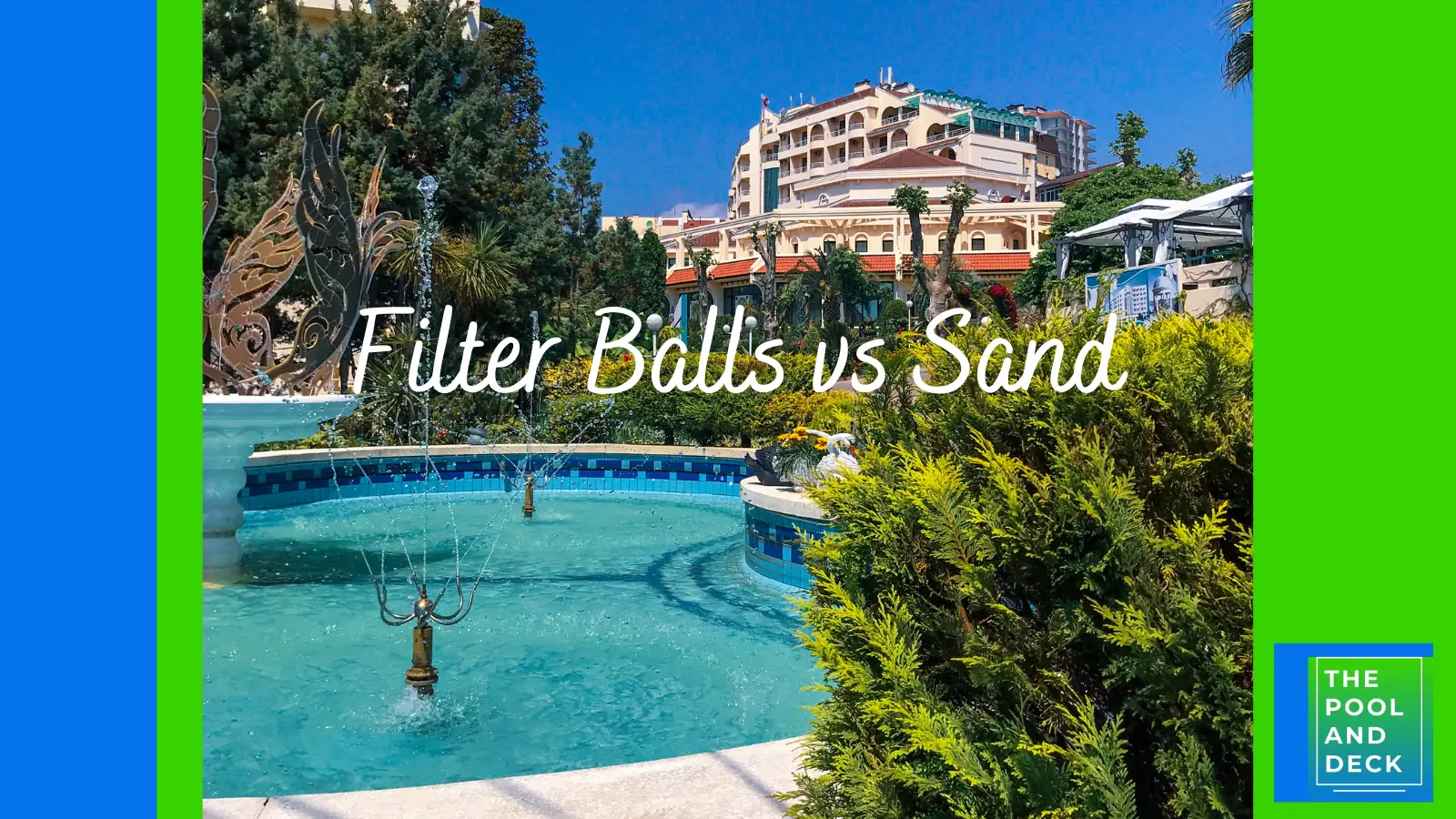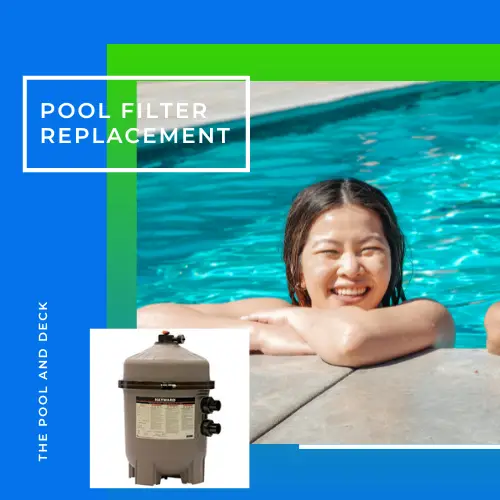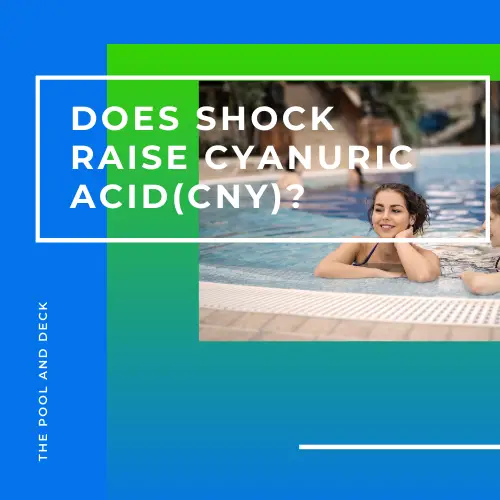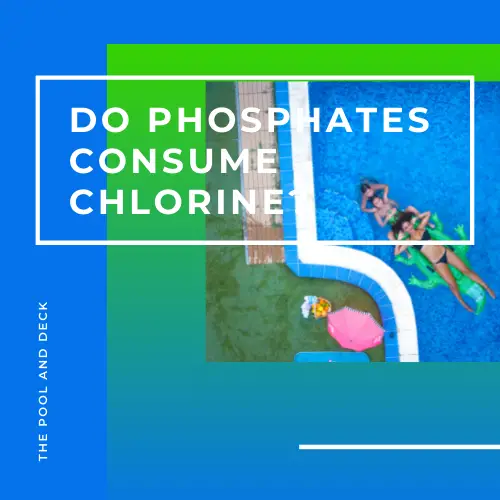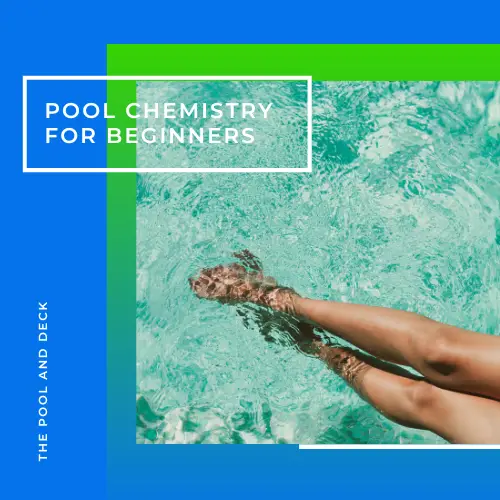Can You Over Shock A Pool? (Best Not To Without Real Need!)
As an Amazon Associate, I earn from qualifying purchases.
Table of Contents
Can You Shock A Pool 2 Days In A Row?
I am sure keeping your pool crystal clear and free of germs, bacteria and algae are of paramount importance to you. You are taking care of regular pool chlorination and also have a routine for shocking your pool. But do you sometimes wonder if you can shock your pool 2 days in a row? Can you over shock a pool?
You can shock your pool 2 days in a row. If there has been a build up of germs, bacteria and algae then shocking your pool 2 days in a row may actually be quite helpful. In normal situations, shocking your pool 2 days in a row is not necessary.
You need not worry about over shocking your pool. It is quite difficult to do that. Even if the chlorine levels are high there are fixes. Of course, you should not swim in a pool that has chlorine levels higher than 5 ppm.
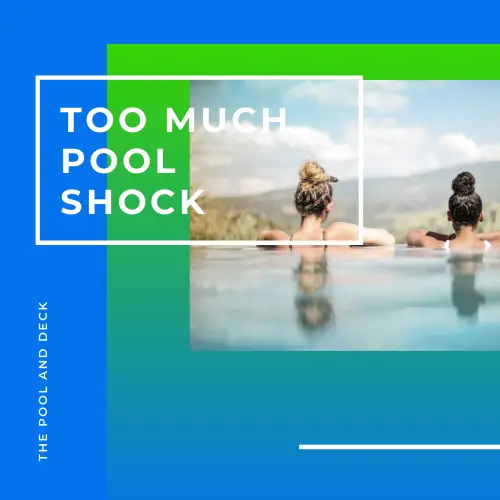
How Long Do You Have To Wait To Shock A Pool Again?
You should wait at least 24 hours before shocking your pool again.
This is why. The ideal shock cycle should be:
- Start the shock process in the evening, when the sun is going down and you are done using your pool.
- Check the pool chemistry of the pool water. This will let you balance the pool water and also determine the quantity of shock required.
- Add the shock to the pool, all along the perimeter, with the pump running. Let the pump run overnight.
- The shock will circulate throughout the pool and kill the germs, bacteria and algae during the night. The shock is most effective at night when there are no UV rays to deplete Free Chlorine (FC).
- In the morning the UV rays will burn off most of the remaining free chlorine in a couple of hours. The pool is safe to swim when the chlorine level is 5 ppm or less.
- You will know that the shock has been successful if the pool is losing less than 1 ppm every 6-8 hours. In case the shock has not been completely successful, repeat the shock cycle.
Can I Shock My Pool Every Day?
You can, but it is neither necessary nor sustainable.
Shocking your pool 2 days in a row may become necessary after a rain or wind storm. It may also become necessary if you have had a pool party with a lot of swimmers, eating & drinking.
You might want to shock your pool 2 days in a row when opening the pool for the season or if you have neglected shocking your pool for a long time.
Clearing a pool gone green due to “algae bloom” will often require repeated shock treatments. Sometimes 3-5 days of repeated shocking may be necessary to turn the pool water from green to blue.
So, do not waste money shocking your pool every day. It will not make your pool any safer!
Can You Put Too Much Shock In A Pool?
Yes you can put too much shock in a pool. This can happen if you miscalculated the shock requirement or if you shocked the pool more often than required.
A simple and common mistake to make is in estimating the volume of water in your pool.
The pool water volume (in gallons) for a rectangular pool is estimated by multiplying 7.5 to the product of the length, width and average depth of the pool water in feet. For a round or oval pool the multiplier is 5.9 instead of 7.5 and the diameter is used instead of length & width.
If you used average pool depth instead of average pool water depth, you could be overestimating the pool water volume (and as a result the shock dose) by 10-20%.
If you do end up putting too much shock in your pool or over shocking it, do not worry too much. It is not the end of the world!
Just do not swim in the pool while the chlorine levels are high and wait it out.
Free Chlorine (FC) has a half life of 45 minutes under UV rays of the sun, if it is not protected by Cyanuric Acid (CYA). The Free Chlorine (FC) will get burned off, sooner or later.
The time will depend on the intensity of the sun’s rays and the CYA level in your pool.
How Often Can You Put Shock In Your Pool?
During the pool season you should ideally shock your pool every week.
Shocking your pool every week will keep your pool free of germs, bacteria and algae. It will also ensure that the Free Chlorine (FC) level stays within the ideal 2-4 ppm range throughout the coming week.
You can shock your pool in addition to the “once a week” routine shock if unexpected organic or inorganic matter has entered your pool. This can be as a result of more than the usual number of swimmers (pool party!), sanitary mishaps, extreme weather (rain or storm), etc.
In my opinion your pool has entered the “red zone” if the Free Chlorine (FC) level has fallen to 1 ppm or lower. Shock your pool as soon as possible.
For more information on Pool Chlorine Types refer to my post Complete Guide To Pool Chlorine Types. (What Is The Best?).
Recommended Swimming Pool Chemicals
Best Liquid CYA Free Pool Shock
Champion Liquid Chlorine (Sodium Hypochlorite) Pool Shock (12.5%) is easy-to-use, fast, and effective. This Pool Shock does not have Cyanuric Acid (CYA-stabilizer) and will not result in build-up of scale. Order from Amazon using the link below:
Liquid Chlorine Pool Shock (Case – 4 Gallons) – 12.5% Sodium Hypochlorite
Best Cal-Hypo Pool Shock
Calcium Hypochlorite Cal-Chlor chlorine granules, from In The Swim, provide 68% available chlorine for hard-hitting immediate results! Non-stabilized formula is ideal for super shocking or everyday use as it does not contain any Cyanuric Acid (CYA). Order from Amazon using the link below:
In The Swim Calcium Hypochlorite Chlorine Granular Pool Shock
Thank you very much for reading the post. I do hope you found it informative and helpful.

